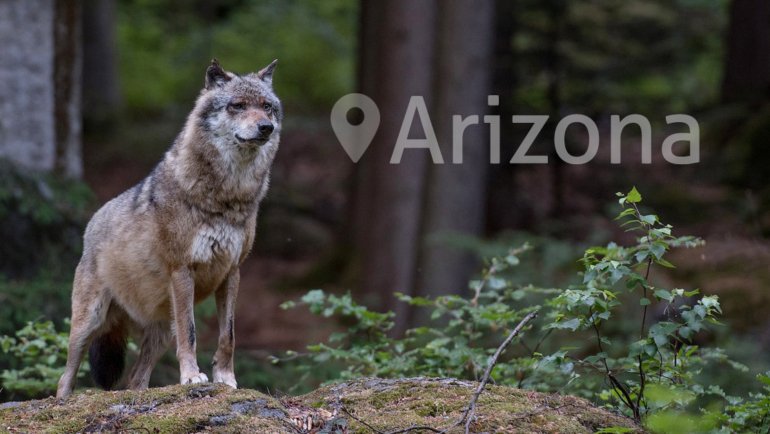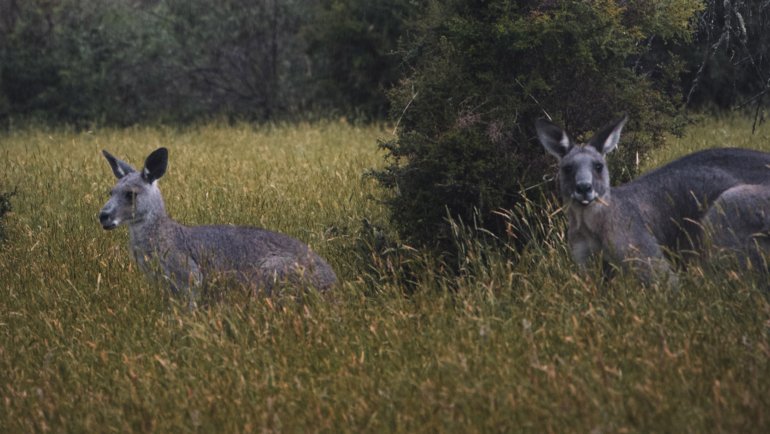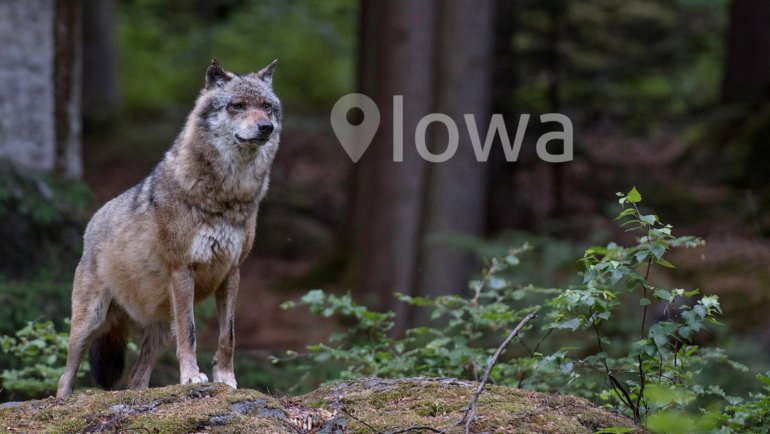Aardvarks are fascinating creatures that are known for their distinctive physical features and unusual lifestyle. These nocturnal mammals are native to Africa and are well adapted to life in the harsh, arid environments of the savannas and woodlands. In this article, we will explore where aardvarks live, including their geographic range and habitat, as well as their unique burrowing behavior. If you’re curious about the fascinating world of aardvarks and where they call home, read on!
Aardvark Geographic Range – Where in The World Are They Found?
Aardvarks are found exclusively in Africa, and their range extends from the southern tip of the continent to as far north as Sudan. They are found in most of sub-Saharan Africa (the part of the continent south of the Sahara Desert).
This means that aardvarks are found in many different African countries, including South Africa, Namibia, Botswana, Zimbabwe, Mozambique, Angola, Zambia, Malawi, Tanzania, Kenya, Somalia, and Sudan, among others. Aardvarks may be more common in some areas than in others. This mostly depends on factors like habitat availability and local hunting pressures.
While aardvarks are found in so many countries, they are not always easy to spot in the wild because of their nocturnal lifestyle and their elusive nature. Certain regions may offer better opportunities for spotting them than others, such as the Kalahari Desert in Botswana for example.
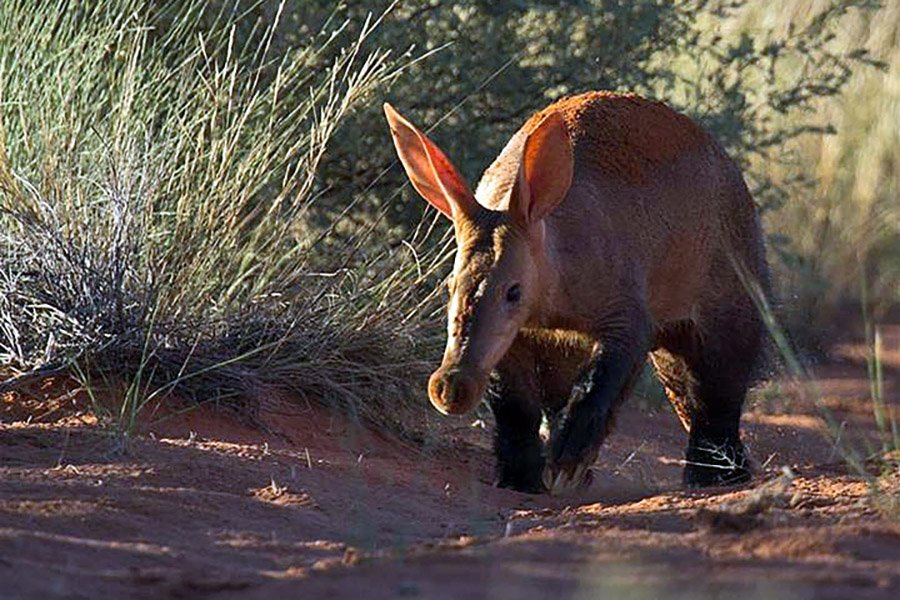 Source: Wikimedia Commons
Source: Wikimedia CommonsAardvark Habitat – In What Kind of Environment Do They Live?
Aardvarks are found in a variety of different habitats throughout sub-Saharan Africa, including grasslands, savannas, and forests. They are most commonly found in regions with sandy or loamy soils, which they use to create their burrows. Aardvarks are well adapted to life in arid environments, where water is scarce and temperatures can be extreme.
Despite their ability to adapt to a range of different habitats, aardvarks require certain environmental conditions to survive. For example, and that’s an obvious one – they need access to areas with plenty of insect prey. They also need suitable soils for burrowing. So regions with rocky soils are not suitable for them.
In some regions, aardvarks may be threatened by habitat loss due to human activities such as agriculture and urbanization.
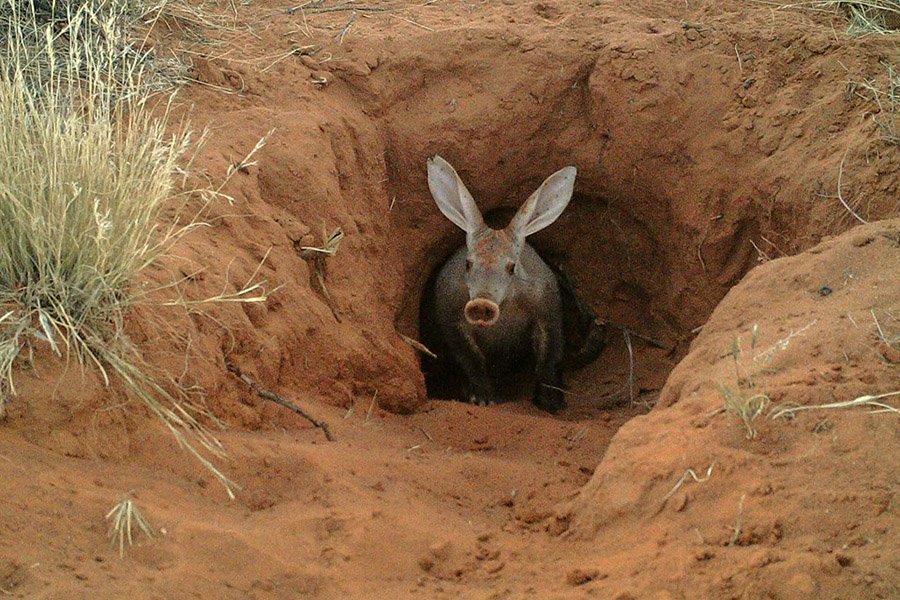 Source: Wikimedia Commons
Source: Wikimedia CommonsAardvark Burrows – All About Their Lifestyle
Now you know where in the world aardvarks are found and in what kind of habitats they live. But in these habitats, where exactly can you find them? In or around their burrows!
Aardvarks are famous for their unique burrowing behavior, which is an essential part of their lifestyle. They use their powerful front claws to dig into the ground, creating tunnels and burrows where they can rest during the day and seek shelter from predators. Aardvark burrows can be quite extensive. Their tunnels are usually around 2 or 3 meters (6.5-10 feet), but they can reach up to 13 meters (43 feet) in length.
Aardvarks will often have multiple burrows within their home range, which they use for different purposes. Some burrows may be used for sleeping or resting during the day, while others – the larger ones – can be used for giving birth or raising young. If the density of aardvarks in the area is high, they tend to only use one, very large burrow.
In addition to providing shelter and protection from predators, aardvark burrows also play an important role in maintaining the balance of their ecosystem. Their abandoned burrows provide shelter for a variety of other animals, including warthogs, hyenas, and birds. The burrows also help to aerate the soil and promote the growth of vegetation.
Where & How To See Aardvarks in The Wild?
To see wild aardvarks on a safari, it is best to visit regions in Africa where they are known to reside, and Southern Africa is a great option. This is not a definitive list by any means, but here are a few ideas, along with information on how to go about it:
- Samara Private Game Reserve, South Africa: Samara offers aardvark safaris in their Karoo region, providing an opportunity to spot these elusive creatures in their natural habitat. Experienced guides take visitors on a game drive during the early evening when aardvarks are most active.
- Tswalu Kalahari Reserve, South Africa: This private game reserve, situated in the southern Kalahari, is home to a variety of wildlife, including aardvarks. Guided safari drives are available during the early morning and late afternoon, with a focus on locating nocturnal creatures.
- Zimanga Private Game Reserve, South Africa: Zimanga is another location where aardvarks can be found. Night drives led by experienced guides provide an opportunity to spot aardvarks and other nocturnal animals.
- Mashatu Game Reserve, Botswana: This reserve in Botswana offers a chance to see aardvarks in their natural environment. Guided safaris, including night drives, increase the likelihood of encountering these elusive creatures.
- Mokala National Park, South Africa: Located in the Northern Cape, Mokala National Park is home to a variety of wildlife, including aardvarks. Although sightings are rare, night drives led by experienced guides offer the best chance to spot these fascinating mammals.
Just a quick reminder! When you are planning your trip, it is important to choose a reputable tour operator or game reserve that will not only provide you with a great experience, and ensure your safety, but also follows ethical and responsible wildlife viewing practices. And again, be prepared for the possibility that aardvark sightings are not guaranteed at all, as these animals are elusive and primarily nocturnal.
Top image: Richard Stockwell / Flickr

